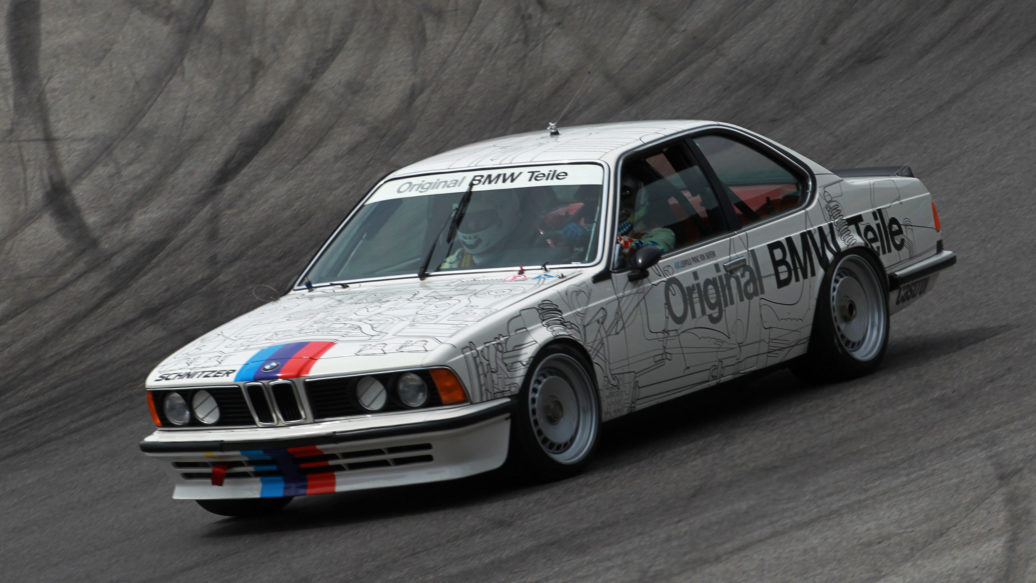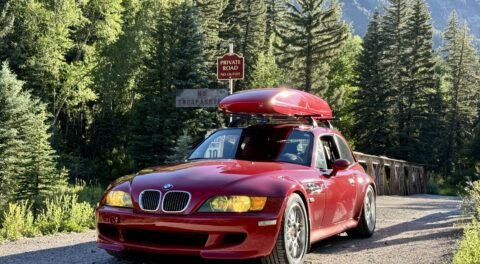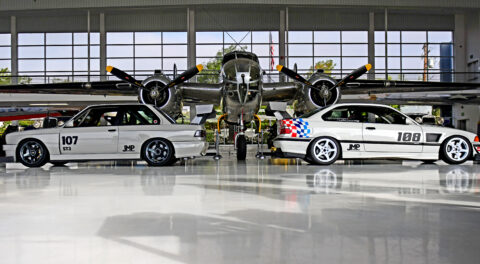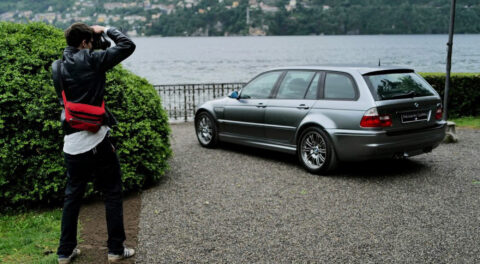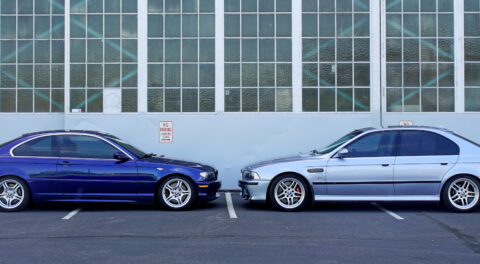How much time do you spend researching a part before adding it to your cart and clicking the Complete Purchase or Submit Order button? I know that it can vary from something as mundane as an oil filter to something as important as a set of tires, but what does your actual purchase process look like? You can learn about how I’ve structured mine here—but you may not be quite as OCD as I am. Instead of dropping a car off at the dealership, blasting away for the day in a loaner car, and returning to pay the bill and retrieve the washed and repaired vehicle, I tend to indulge my obsessions by being exceedingly specific about the parts that I buy and install myself.
It’s probably not always worth the time I spend in the process, because price alone isn’t my top concern, and for a lot of the stuff I look at, there can only be so many options. But I find the parts pursuit to be a fascinating and fun exercise—one that I can thank BMW ownership and obsession for initiating.
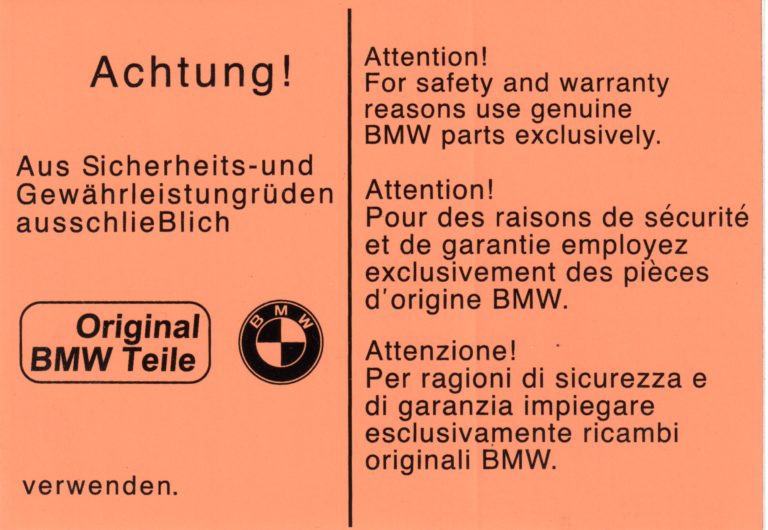
My first vehicle spreadsheet started with my first vehicle, but it was owning an old E28 535i that first turned me on to BMW part diagrams, part numbers, and the difference between original equipment, original equipment manufacturer, and aftermarket—you know, the entire arcane world of automotive parts.
Let’s face it: I am a self-described parts geek, the guy my friends consult when they’re considering a parts purchase or repair, with years of experience in poring over parts diagrams, cross references, and product sheets. From wheels to individual filters and fluids, I get excited as I embark on routine maintenance or a new project. My obsession even extends to the occasional part failure or leak, because each means that I’ll get to spend time in the schematics, doing what I do best.
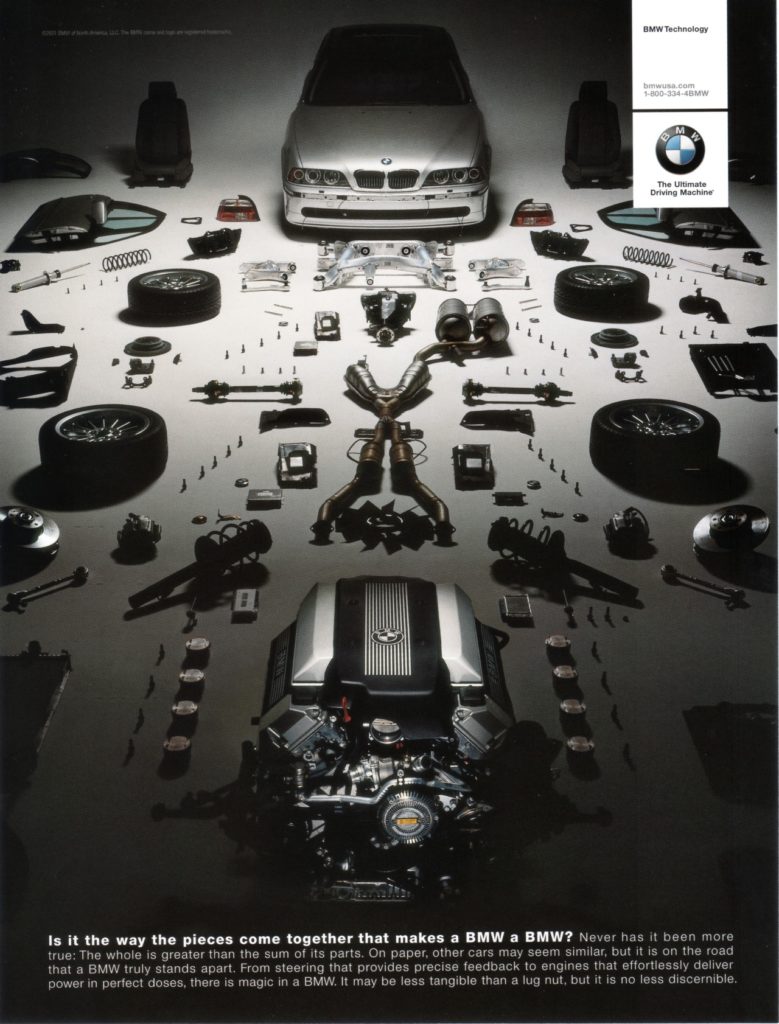
You can save yourself a lot of time and trouble and stick to buying Original BMW Parts, as they’re marketed, but by now you know that BMW isn’t the one who actually makes all of that stuff. The purpose of this column isn’t to debate the merits of buying genuine BMW parts or chancing it with OEM or even aftermarket parts, but I would be lying if I said that I don’t find it interesting to discover which brands make what parts, and which automakers tend to use the same or different part suppliers.
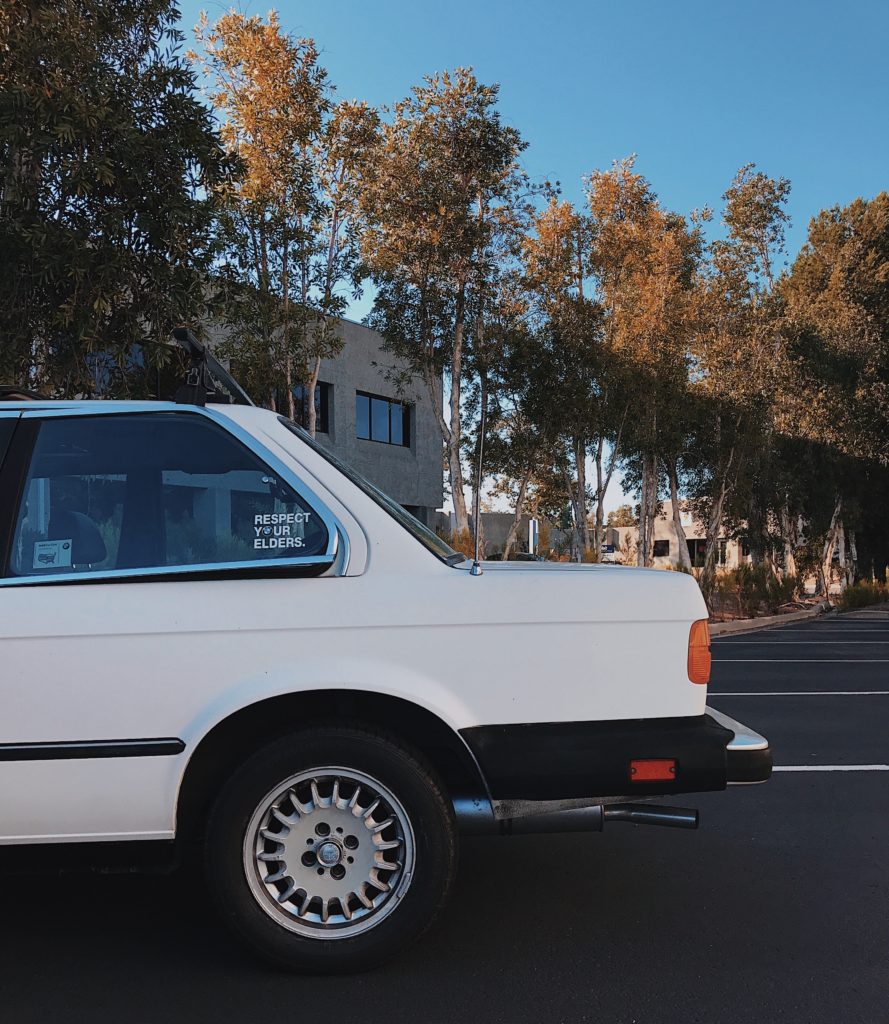
I once added a tailpipe finisher to the exhaust of my 325e, not unlike the ones I had on my E38 535i ten years before. BMW still sells one (part number 82119413967), but I bought the Ansa version, which matches the rest of the exhaust—which I also replaced.
I suppose that never having owned a brand-new BMW has something to do with it. Why else would I have found myself on sites such as the invaluable realOEM.com and the like? I needed to fix something that had broken, and I usually wanted to know if I could get away with replacing the single failed component or was stuck buying an entire assembly.
Being into the older cars—my newest BMW turns nine this month—has also had its benefits. For a while, I drove a 1999 M3 in Techno Violet Metallic over Mulberry leather. It was a radical car, and it somehow sparked my interest in rare M3 LTW parts. BMW commissioned just 125 of units of the M3 LTW for the States, so anything associated with them is special.
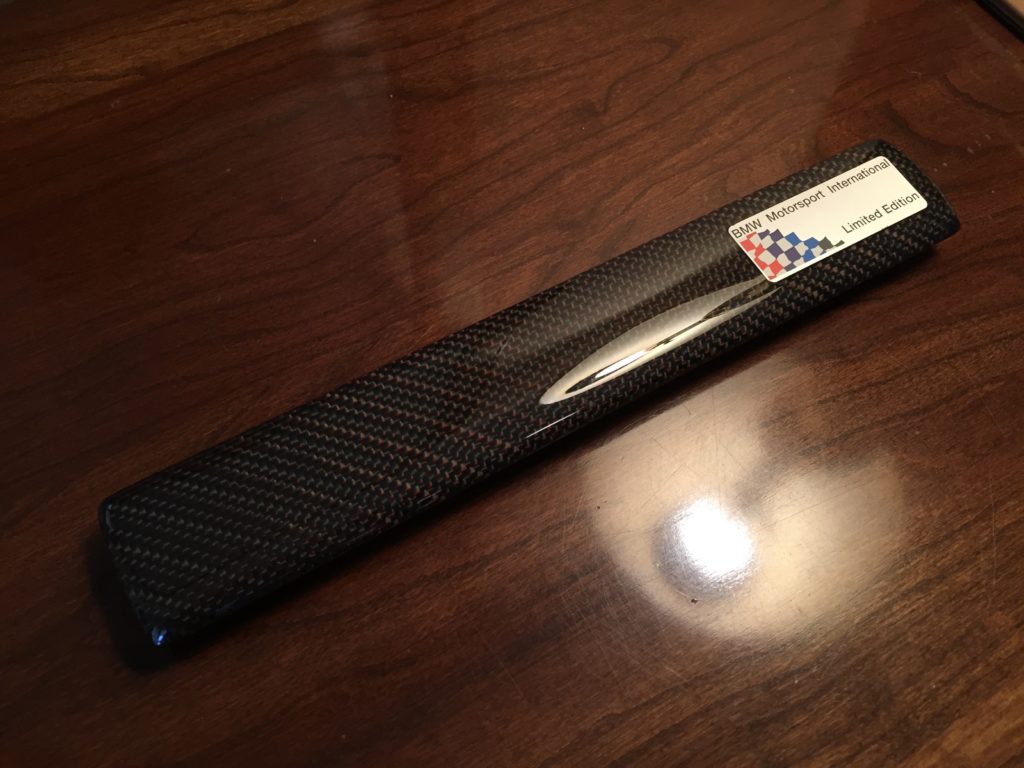
A number of years ago, I somehow purchased some of the carbon-fiber interior trim pieces for the LTW. This trim must have been among M GmbH’s early efforts, the pieces I bought must have been among the last remaining new-old stock (NOS). It had a gorgeous, subtle red stripe within the weave, but I never actually installed it in my car. Instead, I let the pieces collect dust in their original packaging in the closet.
I also found and purchased an LTW strut brace in Arizona, even though I knew it wouldn’t clear the ASC throttle body of my late-model M3 (1995 U.S. model-year M3s came with the S50B30US engine and didn’t have traction control). Into the closet the strut brace went. Years later I sold these treasures online for healthy multiples of what I originally paid, with at least one part being airmailed to a far-off place.
I’ve suffered from a similar infatuation with BMW Performance parts, now sold as M Performance parts. I focus only on those which actually apply to my vehicles, but I find possessing them—if only for a while—almost as satisfying as making money on them down the line. They’re usually as good as modifications can get, although their list price tends to reflect their status. I regret not buying the carbon-fiber interior trim for my 135i; I don’t care for the exterior bits, but the interior stuff would have been neat, even if I was never going to install it in my car, as I’m perfectly happy with the aluminum hexagonal design which offers exceptional contrast against the black leather.
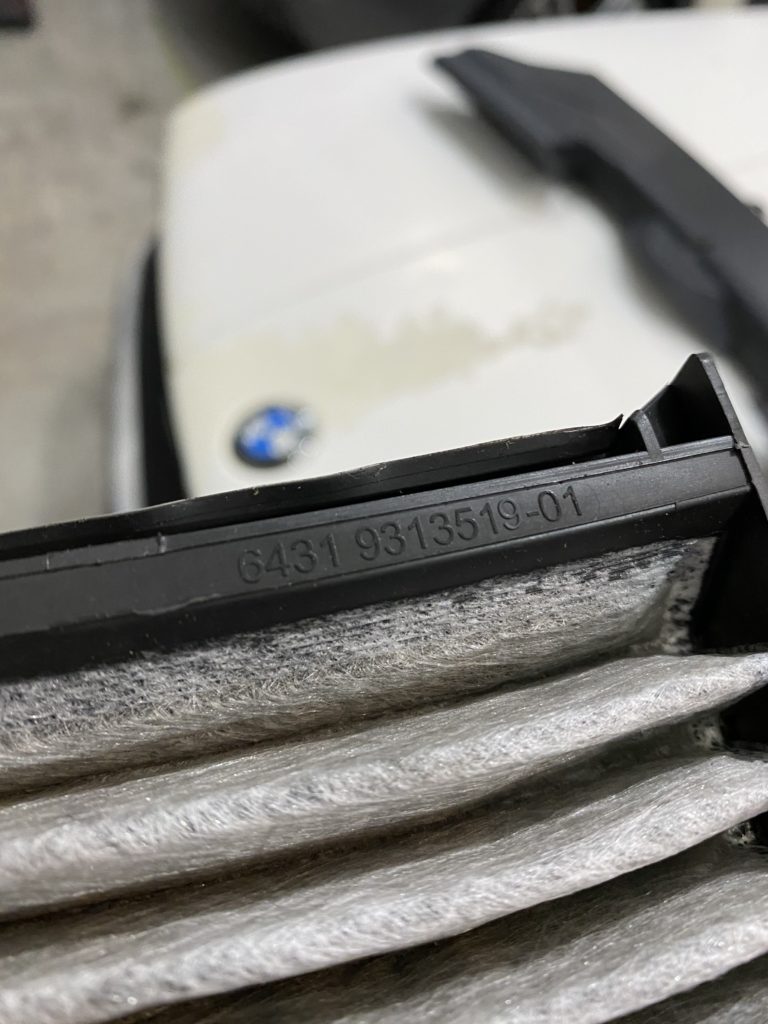
Using the weathered hood of my E30 325e as a staging area while changing the cabin-air filter of my 135i, I replaced the original BMW filter with a Mahle CareMetix unit.
But my obsession extends far beyond cool stuff like exhaust systems, brakes, or suspension bits. Recently, I needed to replace the four-year-old cabin-air filter in my 1 Series, and spent an inordinate amount of time browsing the various options from suppliers like Mahle, Mann, Bosch, and a few others. I recall enjoying upgrading from the regular particulate filter to an activated charcoal replacement on my E46 330i; these days you can buy filters with antibacterial properties that also resist mold, and I went with one of these for my E82. (A few years ago I ran a Bosch HEPA cabin air filter in a vehicle from a different manufacturer, and found it severely restricted climate-control airflow, and had to return it.)
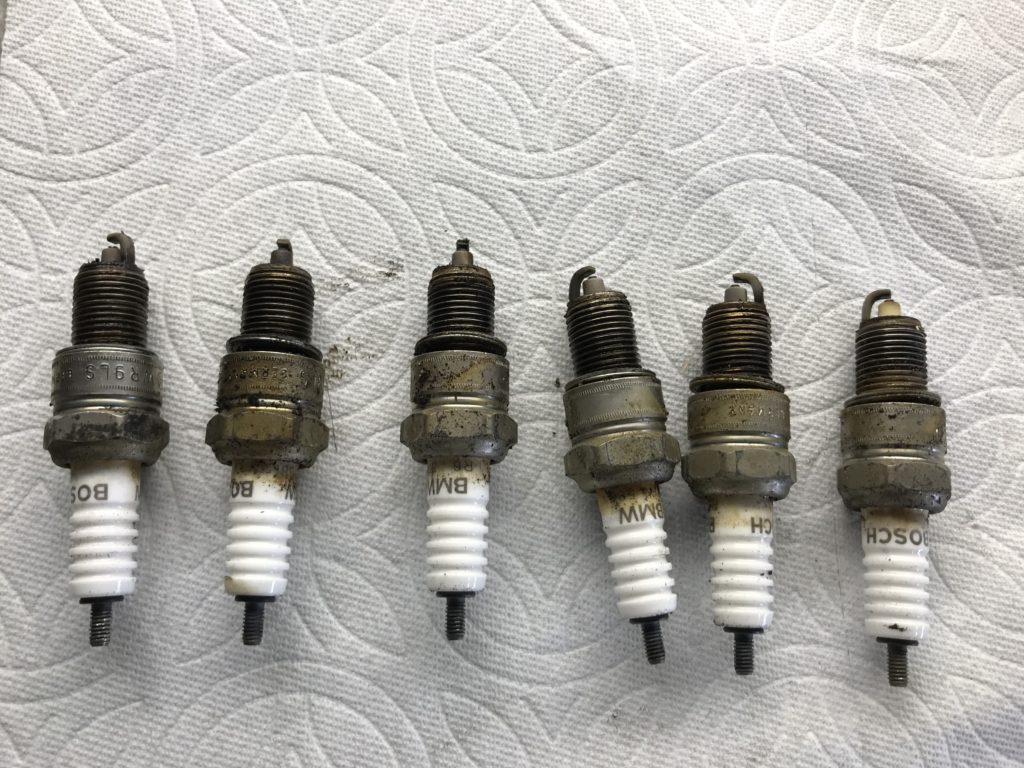
The improvement and evolution of parts is another thing that tends to spark an hours-long parts browsing and research session. Take spark plugs, for example: Do you stick to original equipment, or do you consider the spectrum of available alternatives? I find it difficult to avoid with such tools as this spark plug cross-reference website. The factory-original plugs for my 325e are Bosch WR9LS, but I found that NGK ZGR5A plugs had a good reputation on the forums and in the community, and went with those instead. For the N55 engine, BMW offers two different spark plugs. There are the conventional units, which see use in the overwhelming majority of N55-powered BMWs, but for the original N55 M2, BMW gave the car the M plugs used in the S55 of the contemporary M3 and M4. I’m not due for plugs, but when the time comes, why wouldn’t I opt for the M plugs? They’re in the same heat range, and my 135i is tuned, after all.
Using Japanese NGK spark plugs in my German E30 raises another interesting facet of what I call the Great Parts Pursuit. It’s probably not surprising that automakers tend to favor local OEMs, but it’s not always the case in our modern globalized world, and I never object to using whatever works best. I’ve run Bosch oil filters in various Japanese cars, and have known a few people who upgraded their E46 headlight housings to run Morimoto xenon bulbs.
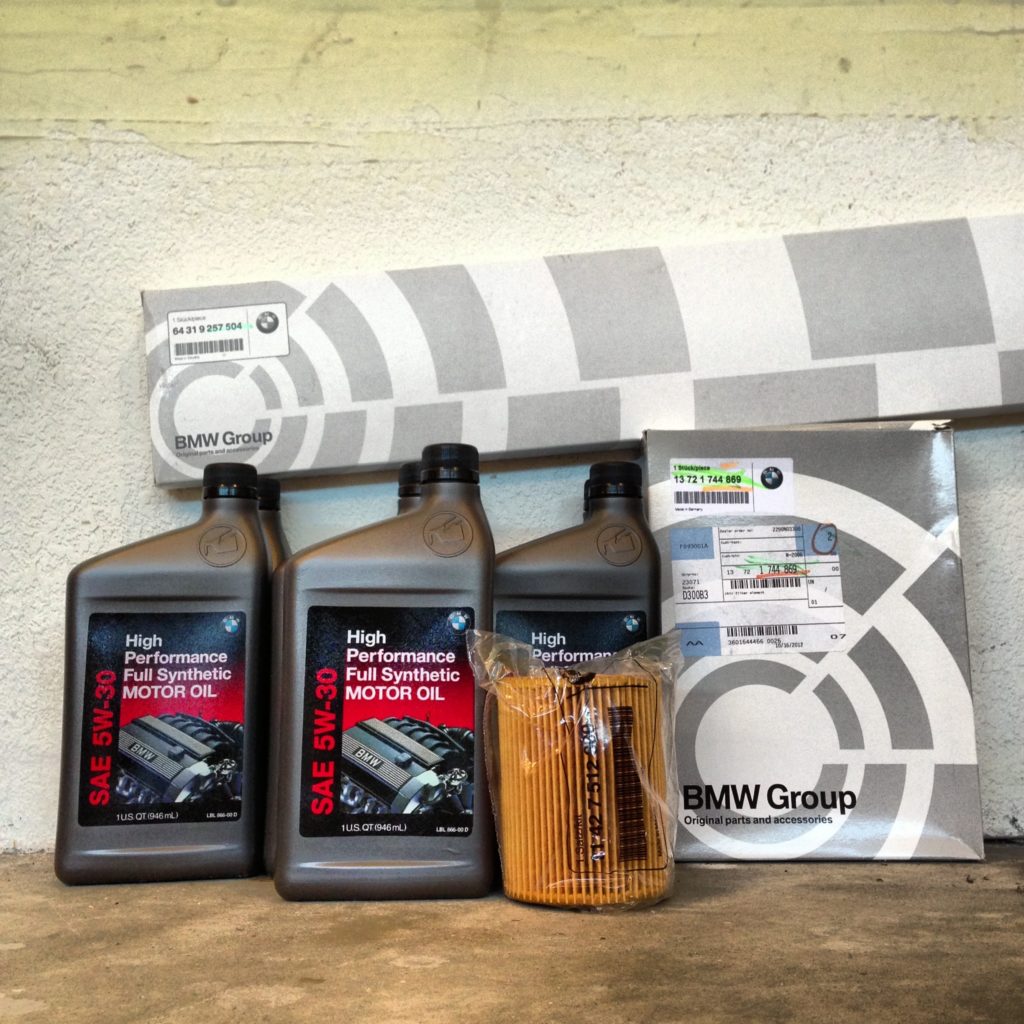
This constituted the good stuff in the old days.
Motor oil, tires, and wiper blades: For the longest time, BMW used Castrol lubricants, and I still have a few leftover cardboard boxes that once held quarts of BMW High Performance 5W30. BMW switched to shell lubricants not too long ago (here’s the chart of what BMW uses), and if I ever own an S54, I’ll be tempted to feed it a diet of Shell Helix Ultra Racing 10W60. (Your view may differ: Satch swears by Liqui Moly 10W60 synthetic.) I like Michelin tires not because they’ve come as original equipment on M cars for a while, but because I haven’t found anything that can equal their uncompromising summer performance and comfort all the way down to the cords. My 135i, however, came with Bridgestone run-flat tires, and after I bubbled one of the fronts over a pothole, on went the Michelin summer rubber.
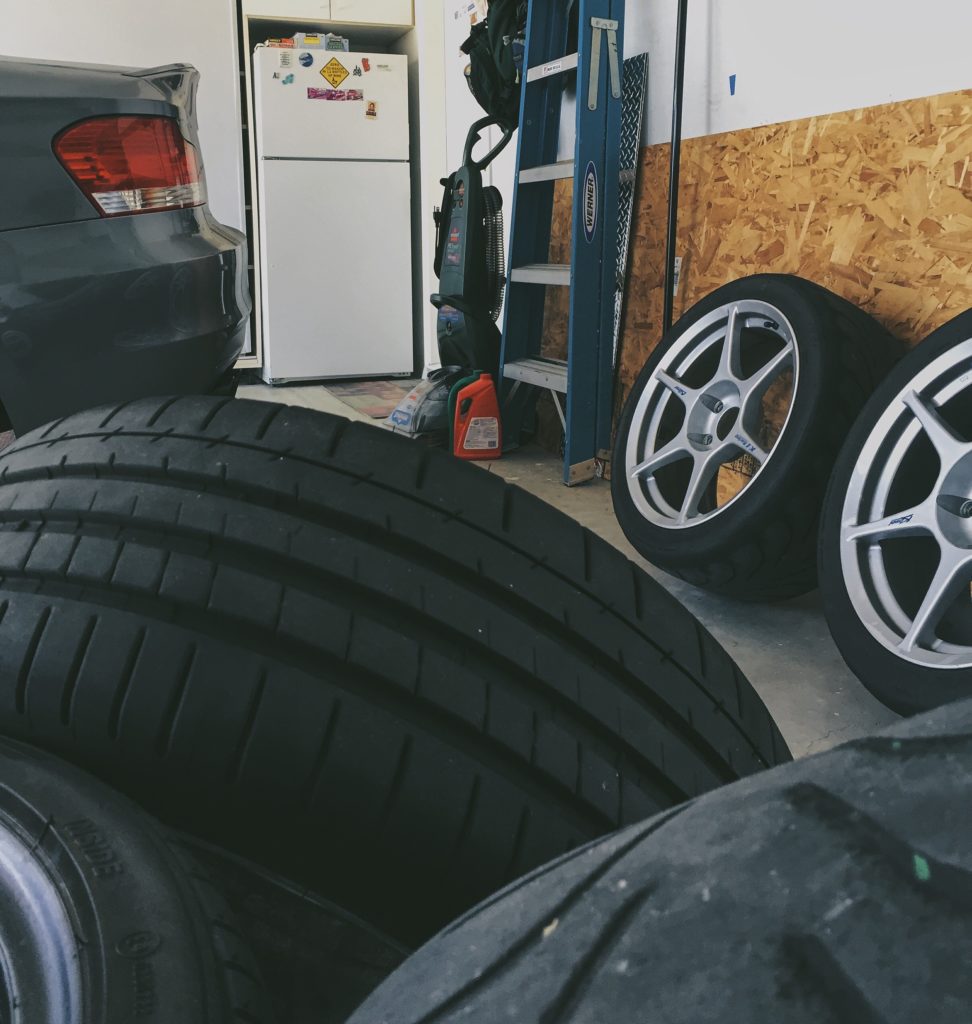
Michelin Pilot Super Sport tires are mounted on street wheels, and ancient Toyo R888 R-comps live on the track wheels.
If I have my facts straight, BMW doesn’t sell windshield-wiper blade inserts anymore, and I think that I may have purchased some of the last ones in stock for my M3 about five years ago. On another vehicle of mine, which has a rather complex wiper-blade system, I actually removed the inserts from a new set of blades purchased on Amazon and slipped them into the existing arms on the car, because I preferred their design.
Superseding part numbers are another fixation. As with the LTW and M Performance parts, when a given item goes No Longer Available—NLA to parts junkies—my fascination tends to pique, especially when it’s been replaced by an updated or revised version. What prompted the change? What years do the update apply to? How is the spectrum of original-equipment and aftermarket suppliers handling the change? What’s the difference in price between the original and revised design? Can you still buy the old style? Would you even want it?
National markets play a role as well. Some things simply aren’t sold here, and in those cases, I’ve embarked on international pursuits with orders (coming by slow boat) from foreign lands.

Did you know that the taillights of the Z8 are filled with neon, just like your favorite old gas-station sign? It’s been said that BMW used the same technology for the third brake light of contemporary pre-LCI E46 3 Series convertibles. That’s me behind the wheel, with Satch riding shotgun.
I think you get the idea. Nearly every new automotive undertaking involves the same process. Sometimes it’s easy, and I find the right part at the right price within minutes, and it’s delivered in two days. Other times, I’m saving part-number eBay searches, and waiting for the notification that something I’ve been waiting for has been posted for sale.
Are these compulsive efforts worth it? Probably not; there are only so many ways to make some of the parts I’m after, and the amount of time I spend could easily be redirected toward something more productive—but here we are. When I’m done writing this column, I’ve got to get back to browsing the vast selection of 9006/HB4 bulbs to run in the fog lamps of one of my cars.—Alex Tock
[Photos courtesy Alex Tock, BMW AG.]

